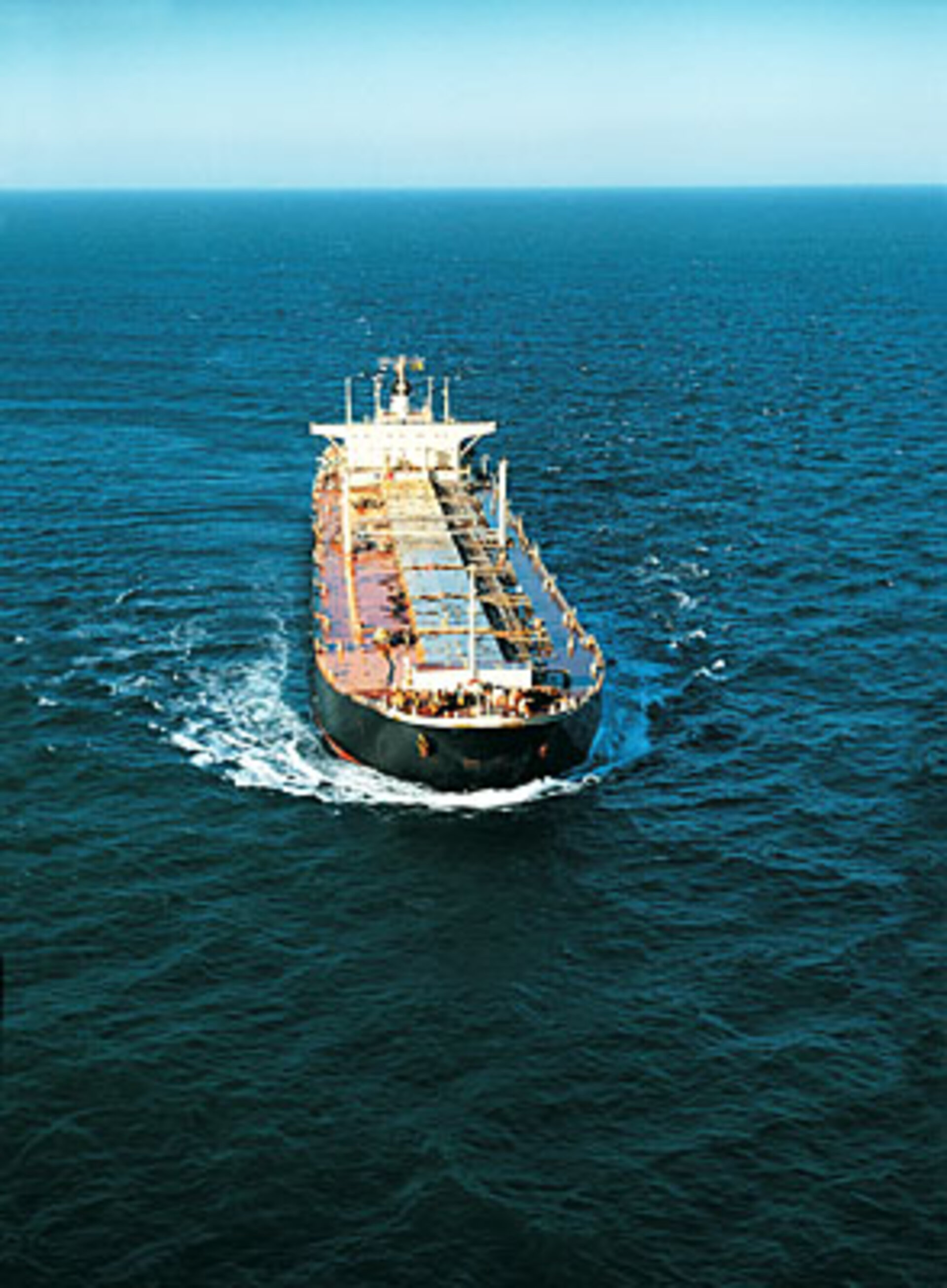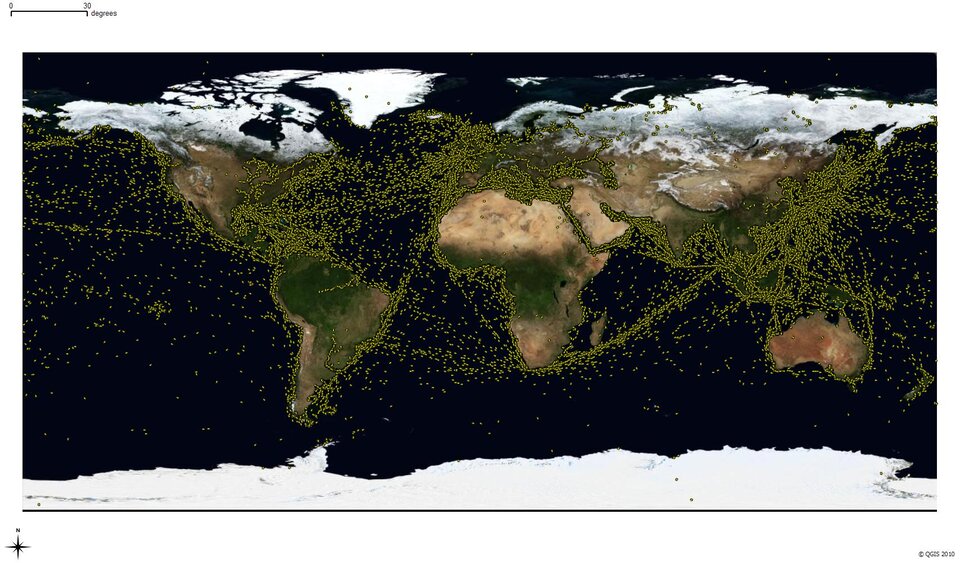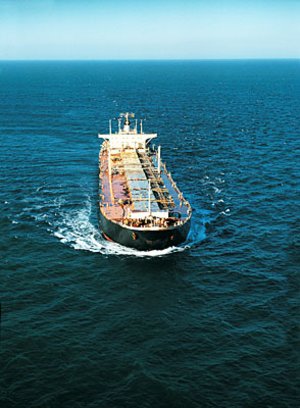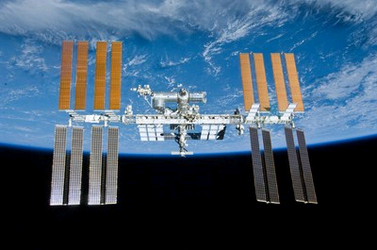Vessel-ID
As the International Space Station circles Earth, it tracks ships crossing the seas beneath. The Vessel-ID experiment on Columbus has been monitoring maritime traffic since June 2010.
The Automatic Identification System, or AIS, is the marine equivalent of the air traffic control system. All international vessels, cargo ships above certain weights as well as all passenger ships must carry Class A AIS transponders broadcasting data such as the ship’s identification, position, course, speed, cargo and voyage information.
AIS allows port authorities and coast guards to track ship traffic, but the system uses basic VHF radio signals with a range of just 74 km. It is useful near coasts and when communicating with ships, but is not much use in the open ocean.
AIS signals travel much further upwards and the International Space Station flies in a relatively low orbit, making it an ideal location for a space-based AIS receiver.
A global Vessel Identification System would benefit law enforcement, fishing control, border control and maritime safety. Piracy would be easier to combat as would illegal dumping and fishing in protected areas.
However, AIS was never designed to be a global monitoring system and the signals are not transmitted with satellites in mind. A demonstration of the system’s capabilities from space was needed.
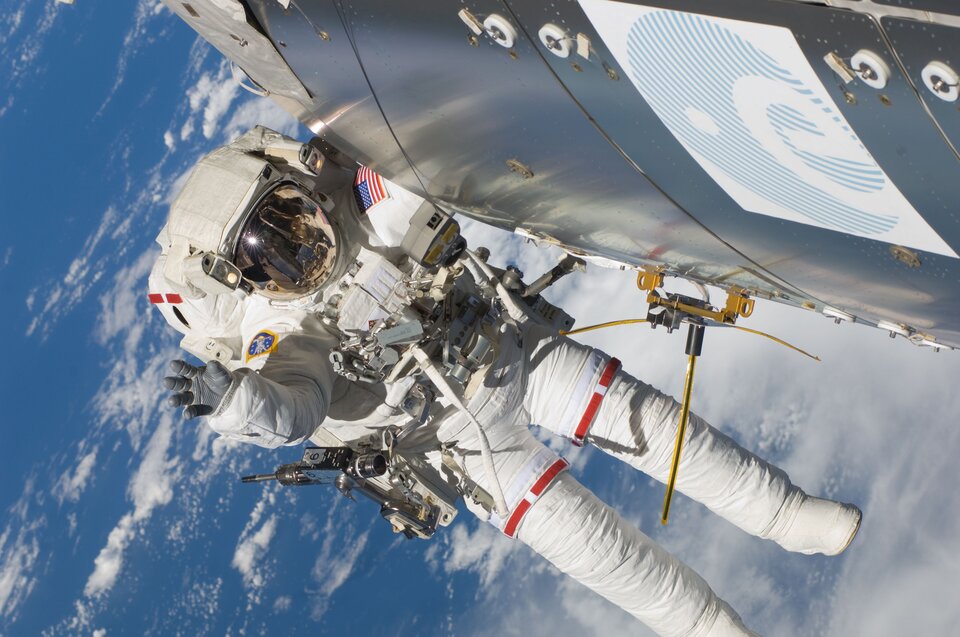
Columbus was fitted with a VHF antenna to capture the AIS signals during a spacewalk in November 2009 together with other hardware. A control computer called ERNO-Box was installed in Columbus along with a receiver in May 2010.
Data are received almost continuously by the Norwegian User Support and Operation Centre, based in Trondheim, Norway, via ESA’s Columbus Control Centre in Germany.
The signals are evaluated to improve new receiver technologies on Earth. The data are collected and processed to develop new algorithms for next-generation receivers.
On a good day, some 400 000 ship reports are received from more than 22 000 different ships. In October 2011, the total number of position reports exceeded 110 million from more than 82 000 different ships.
An upgrade of the ground system in November 2011 has allowed for data transfer in almost real time, a crucial requirement for practical use. The work on improved algorithms for the receiver continues.


